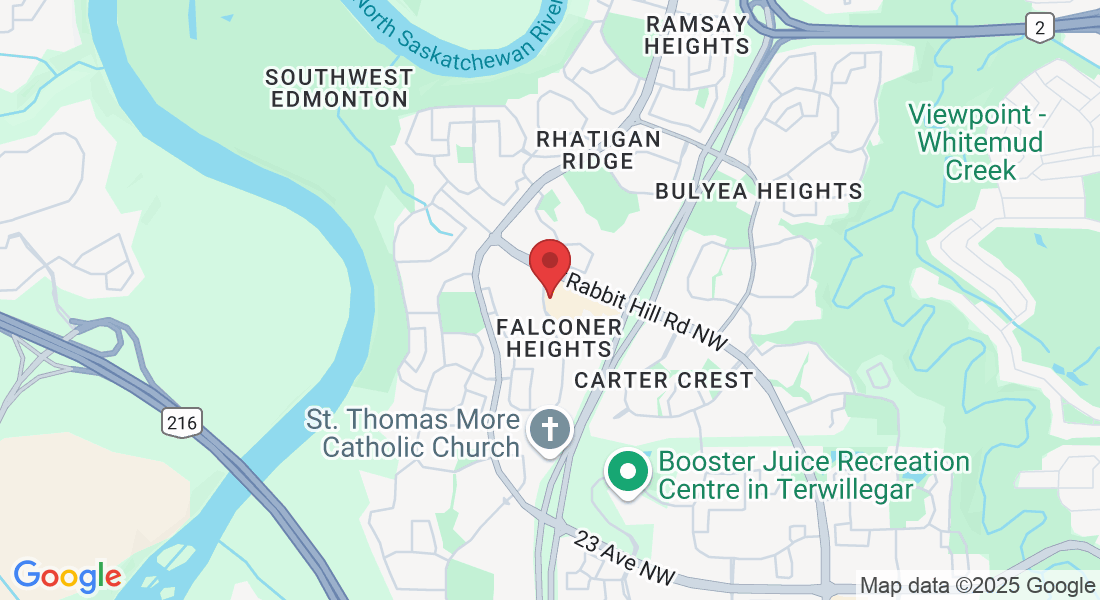Back Pain In Edmonton
If you are tired of back pain...acute back pain, chronic back pain, or pain that seems to keep coming back.
We have the answer for you right here!
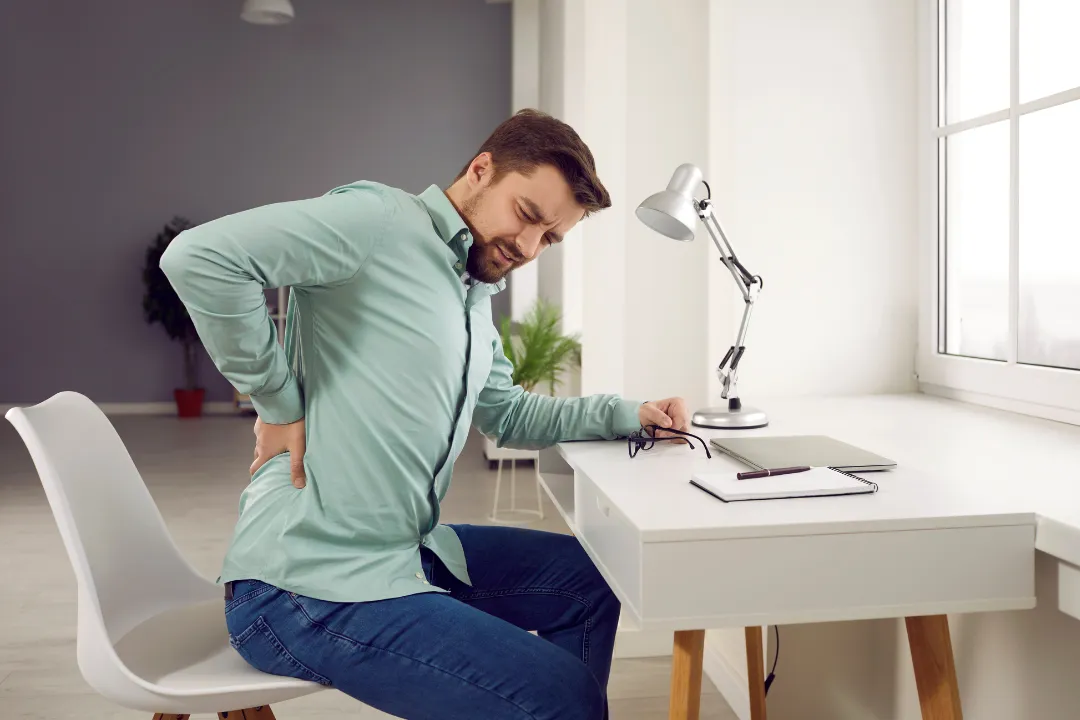
Do You Have Back Pain?
Back pain is by far the most common problem we treat for our patients.
Why?
It affects 80% of people!
Yes, 8 of 10 people have back pain at some point in their life.
3 of 10 people have back pain right now!
And when you have pain, it can make even the most mundane tasks become a Mount Everest. Getting out of bed may seem impossible.
So what exactly causes back pain?
What can we do about it once it is here?
How can we stop it from coming back?
Over the next few minutes, you will discover the answers to these questions.
The Impact of Back Pain on Your Life
There are several different structures that may become injured that can cause back pain.
Not only that, sometimes these injuries result in sciatica as well - pain that travels into your leg.
While there are a million ways to injure yuro back, nearly 90% of back pain comes from one of these problems:
The Main Sources of Back Pain
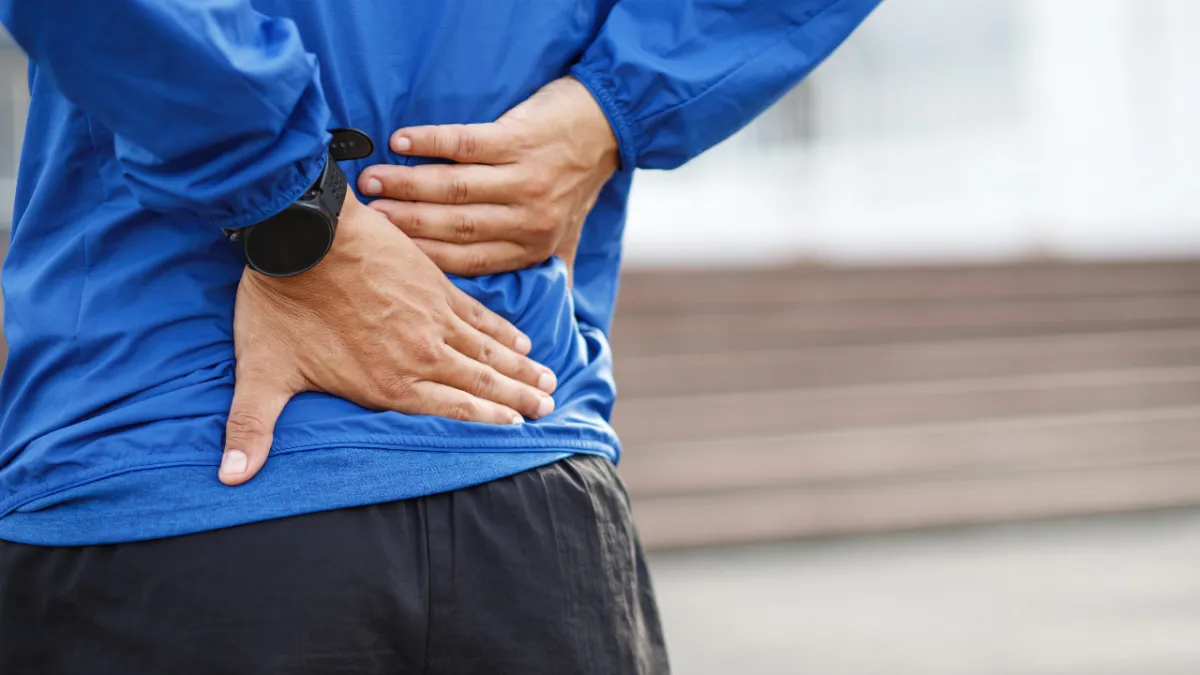
Lumbar Facet Joint Pain
What is the Lumbar Facet Joint?
The lumbar facet joints are small, stabilizing joints located between and behind adjacent vertebrae in the lower back. These joints provide stability and help guide movement, allowing for flexibility and motion in the spine.
Each vertebra has two sets of facet joints: one pair connecting to the vertebra above and one pair connecting to the vertebra below. The joints are covered with cartilage, allowing for smooth movement, and are surrounded by a capsule that produces synovial fluid to nourish and lubricate the joint.
How Does the Lumbar Facet Joint Cause Pain?
Lumbar facet joint pain arises when these joints become inflamed or irritated. This can be due to several factors, including:
Degeneration: Over time, the cartilage in the facet joints can wear down, leading to osteoarthritis.
Injury: Trauma or injury to the lower back can cause damage to the facet joints.
Postural Stress: Poor posture or repetitive stress on the lower back can contribute to facet joint issues.
Inflammation: Conditions like spondylitis can cause inflammation in the joints.
When the lumbar facet joints are problematic, they can cause significant pain and discomfort. This type of pain is typically due to the joint itself rather than the surrounding muscles. The muscles in the lower back may become tense or spasm in response to the joint pain, but the primary source of the pain is the facet joint.
How Does Lumbar Facet Joint Pain Typically Present?
Pain from the lumbar facet joints typically presents as:
Localized Pain: Pain is usually felt directly over the affected joints, often in the lower back.
Referred Pain: Pain can radiate to the buttocks and thighs but usually does not extend below the knee.Worsened by Movement: Pain is often exacerbated by certain movements, such as twisting or bending backward.
Stiffness: There may be a noticeable stiffness in the lower back, especially after periods of inactivity or upon waking.
Tenderness: The affected area may be tender to the touch.
It is important to recognize that lumbar facet joint pain is a common cause of back pain, accounting for approximately 30% of all cases. This distinguishes it from muscle-related back pain, which is typically more diffuse and less localized. The muscles may react to the joint problem by becoming tight or spasming, but the underlying issue is within the joint itself. Understanding this distinction is crucial for effective diagnosis and treatment, ensuring that therapies target the root cause of the pain rather than just addressing the muscle response.
Sacroiliac Joint Pain
What is the Sacroiliac Joint?
The sacroiliac (SI) joint is a large, weight-bearing joint located at the base of the spine, where the sacrum (the triangular bone at the bottom of the spine) meets the ilium (the upper part of the pelvis). There are two sacroiliac joints, one on each side of the sacrum. These joints play a crucial role in transferring weight and forces between the upper body and the legs, providing stability while allowing for a small degree of movement.
How Does the Sacroiliac Joint Cause Pain?
Sacroiliac joint pain arises when these joints become inflamed or dysfunctional. This can be due to several factors, including:
Aging: As we age, the SI joints can degenerate and become more prone to inflammation and pain.
Pregnancy and Postpartum: During pregnancy, hormonal changes cause ligaments to relax, increasing the mobility of the SI joints and leading to pain. Postpartum, the joints may remain unstable and painful as the body adjusts.
Trauma: Injury or trauma to the lower back or pelvis can damage the SI joints.
Inflammation: Conditions like ankylosing spondylitis can cause chronic inflammation in the SI joints.
Because the SI joint is a weight-bearing joint, it is subject to significant stress and strain, which can exacerbate any existing issues and lead to pain.

How Does Sacroiliac Joint Pain Typically Present?
Pain from the sacroiliac joint typically presents as:
Localized Pain: Pain is usually felt in the lower back and buttocks, often on one side.
Referred Pain: Pain can radiate down the legs, mimicking sciatic pain, and can be mistaken for sciatica.
Worsened by Movement: Pain is often exacerbated by activities that involve weight-bearing, such as walking, standing, or climbing stairs.
Stiffness: There may be noticeable stiffness in the lower back and hips, especially after periods of inactivity or upon waking.Tenderness: The affected area may be tender to the touch, particularly over the SI joint itself.
Prevalence and Causes
Sacroiliac joint pain is a significant contributor to lower back pain, accounting for approximately 20% of cases. The likelihood of experiencing SI joint pain increases with age due to the natural degeneration of the joint and the cumulative effects of weight-bearing activities over time. Additionally, hormonal changes and physical stress during pregnancy make SI joint pain fairly common among pregnant and postpartum women.
Understanding that the sacroiliac joint is a major weight-bearing joint is crucial for recognizing the impact of SI joint dysfunction. It is not just a matter of muscle strain; the joint itself can be a primary source of pain, with the muscles reacting to the joint problem.
Effective diagnosis and treatment should focus on addressing the joint issue to alleviate pain and improve function.
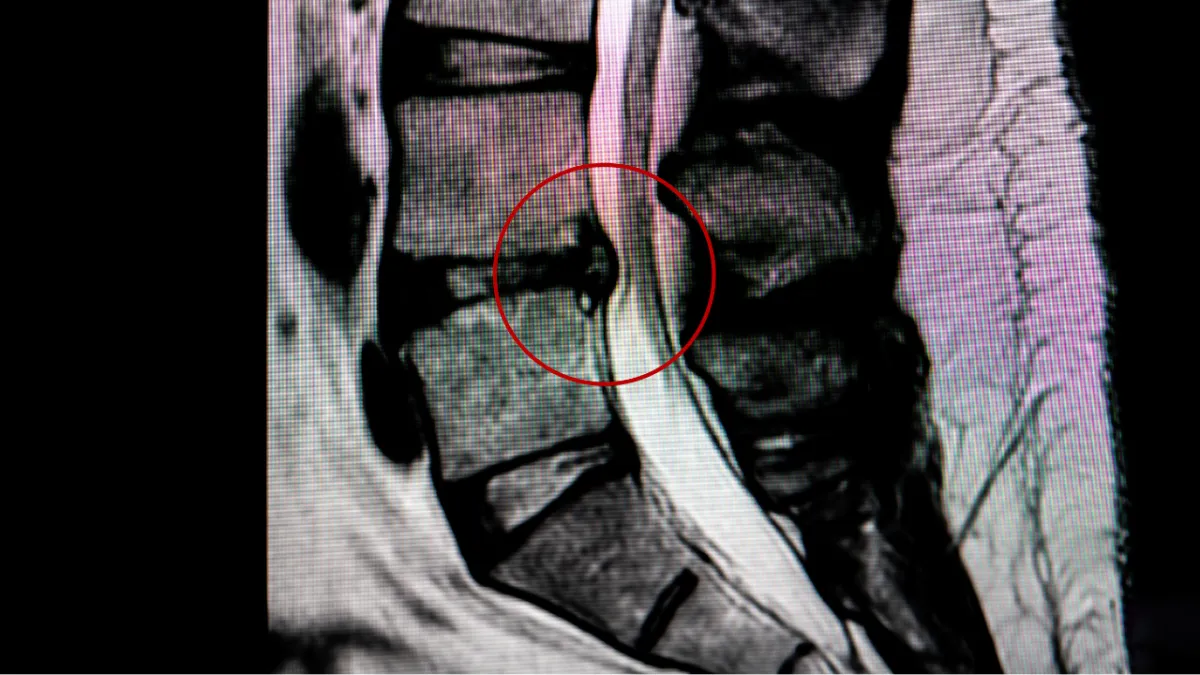
Lumbar Disc Pain
What is Lumbar Disc Pain?
Lumbar disc pain originates from the intervertebral discs in the lower back. These discs act as cushions between the vertebrae, allowing for flexibility and shock absorption. Each disc has a tough outer layer called the annulus fibrosus and a gel-like inner core called the nucleus pulposus. When these discs become damaged, they can cause significant pain and discomfort.
Types of Lumbar Disc Problems
Lumbar Disc Fissures: Small tears or cracks in the outer layer of the disc, known as fissures, can occur due to aging, trauma, or repetitive stress. These fissures can cause pain and may lead to other disc problems if not addressed.Lumbar Disc Bulges: A bulging disc occurs when the outer layer of the disc weakens, causing the inner core to bulge outward. This can put pressure on nearby nerves and lead to pain and discomfort, but the outer layer remains intact.Lumbar Disc Herniation: Also known as a slipped or ruptured disc, this occurs when the inner core pushes through a tear in the outer layer. This herniation can compress spinal nerves, leading to pain, numbness, and weakness in the lower back and legs, often referred to as sciatica.Lumbar Disc Sequestration: This is a more severe form of disc herniation where a fragment of the inner core breaks away and becomes lodged in the spinal canal. This can cause intense pain and neurological symptoms due to severe nerve compression.
How Does Lumbar Disc Pain Typically Present?
Pain from lumbar disc issues typically presents as:
Localized Pain: Pain is usually felt in the lower back, particularly at the level of the affected disc.
Referred Pain: Pain can radiate down the legs, often following the path of the sciatic nerve, leading to sciatica.Worsened by Changing Positions: Pain is often made worse with certain activities such as bending, lifting, and getting out of a chair.
Numbness and Weakness: In cases of nerve compression, there may be numbness, tingling, or weakness in the legs and feet.
Difficulty with Mobility: Severe pain can lead to difficulty with walking, standing, or other daily activities.
Prevalence and Management
Lumbar disc problems are a common cause of back pain, accounting for approximately 40% of cases. They are also a frequent cause of sciatica, where the pain radiates down the leg due to nerve compression. Despite the potential severity of these conditions, most lumbar disc issues do not require surgery and can be effectively managed with conservative treatments.
At Riverbend Chiropractic & Wellness, we offer a range of non-surgical therapies to help manage lumbar disc pain, including:
Chiropractic Adjustments: To realign the spine and relieve pressure on the affected discs and nerves.
Massage Therapy: To reduce muscle tension and improve blood flow to the affected area.
Exercise Therapy: To strengthen the muscles supporting the spine and improve flexibility and posture.
Pain Management: Techniques such as heat/ice therapy, electrical stimulation, and other modalities to reduce pain and inflammation.
By addressing the underlying issues and providing comprehensive care, we aim to alleviate pain and improve the quality of life for those suffering from lumbar disc problems.
Back Pain
Disc injuries start as back pain. As they progress, and get worse, the pain gets worse. If it gets severe enough, the back pain starts to also travel into one or both legs. This is known as sciatica.

Numbness and Tingling
When nerves are compressed, they can send abnormal signals, resulting in numbness, tingling, or a pins-and-needles sensation in your legs and feet.
.
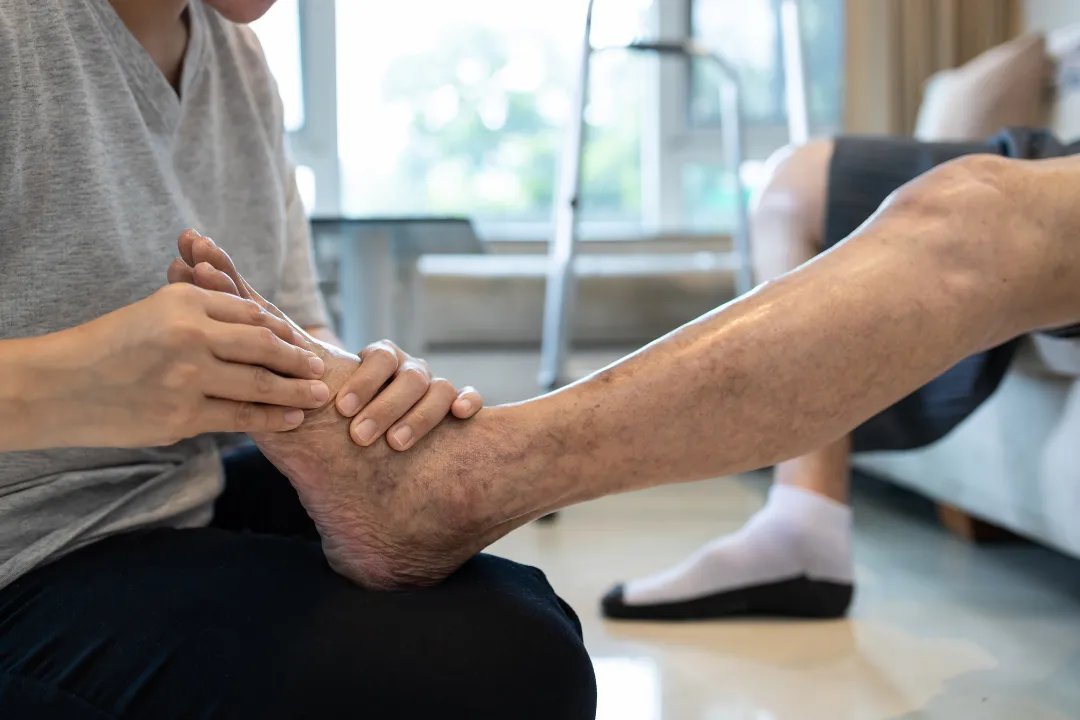
Leg Pain
When a disc is herniated, it may either directly compress a nerve, or cause ischemic compression. Either way, it will result in inflammation on the nerve, giving rise to leg pain
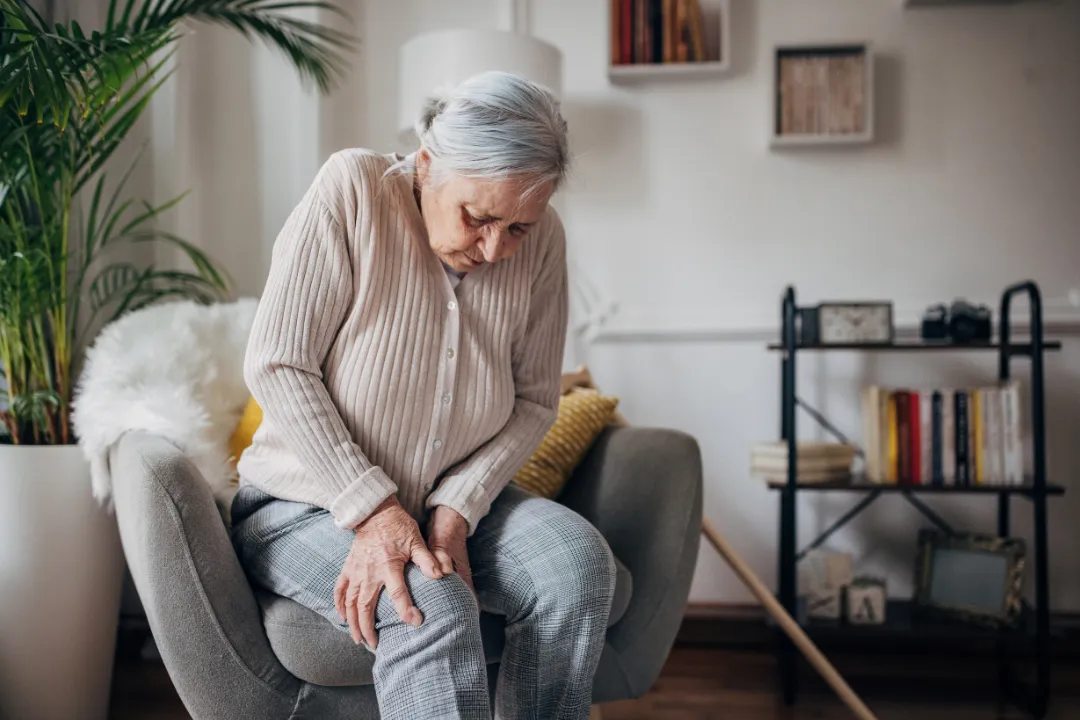
Loss of Balance and Coordination
When the nerves are not functioning correctly, it will often lead to loss of both sensory and muscle control. This can lead to a loss of balance, as well as coordination.

How To Treat Lumbar Spine Arthritis
What is Lumbar Spine Arthritis?
Lumbar spine arthritis is a degenerative condition affecting the joints and discs in the lower back. It is a form of osteoarthritis that occurs when the cartilage in the joints wears down over time, leading to pain, stiffness, and inflammation. This condition can affect various structures in the lumbar spine, including the facet joints, intervertebral discs, and vertebrae.
How Lumbar Spine Arthritis Causes Pain
Arthritis affects millions of Canadians every single year. While it literally means "joint inflammation", pain from arthritis is not as simple as "its just inflammation'.
There are many structures and consequences involved with arthritis.
To be succinct, arthritis is a slow break down, and 'degeneration' of the joints, discs, cartilage and bone. This can cause narrowing, or stenosis, along with slipping and sliding of the spine. This is known as spondylolisthesis.
All of these problems together can contribute to feeling stiff, sore, achy, having reduced mobility and of course cause pain.
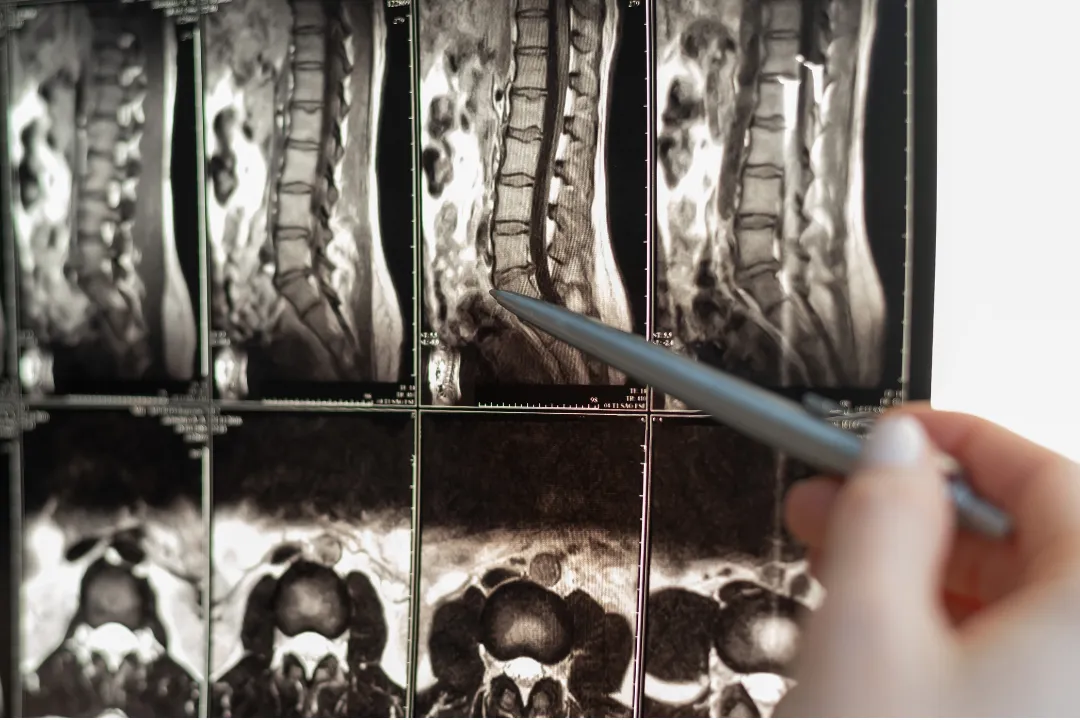
How Does Lumbar Spinal Arthritis Typically Present?
Pain from lumbar spine arthritis typically has a few presentations.
First there is local pain. It may be pin point, and also spread across the entire back. It is also not uncommon to have referred pain to another part of your back, hip or even down your leg.
Typically the first 30 minutes, or egven first few hours in the morning are very rough. Some people tell me they feel like they've been hit by a bus every morning until about noon.
While movements such as getting out of a chair, walking and bending can cause pain, typically you need to work through. the pain a tiny bit. The more you move around ,the joints and discs become 'warmed up'. This reduces the pain, stiffness, and in many cases causes the pain to go away!
Stiffness and reduced mobility are a given. As we age, we get stiffer! That is not an excuse not to do your exercises, its just a reality. (you still need to do your stretches and exercises!)
Numbness, tingling and weakness is common. If there is enough arthritic changes to cause stenosis (narrowing of the holes that the nerve travels through), nerve problems become evident. This includes numbness, tingling, weakness, and referred pain.
Management and Treatment
Managing lumbar spine arthritis involves a comprehensive approach to alleviate pain and improve function. At Riverbend Chiropractic & Wellness, we offer various non-surgical treatments to help manage arthritis symptoms, including:
Chiropractic treatment: To aid in mobility, reduce pain, reduce pressure on the affected joints and nerves, and improve your health.
Massage Therapy:To reduce muscle tension, improve circulation, and alleviate pain.
Exercises and stretches: To strengthen the muscles supporting the spine, improve flexibility, and enhance posture.
Pain Management: Techniques such as heat/ice therapy, electrical stimulation, and other modalities to reduce pain and
inflammation.
Lifestyle Modifications: Advice on weight management, exercise, and ergonomic adjustments to reduce strain on the lower back.
We aim to improve the quality of life for those suffering from lumbar spine arthritis.
How To Treat Back Pain Without Surgery?
Imagine you are driving on the Anthony Henday - the highway circling Edmonton. It’s three lanes of traffic, and you are cruising!
Step 1
Holistic Health
Evaluation
The focus of non-surgical, non-invasive therapy is to help with these functional problems. If we can mobilize the spine so that it moves more appropriately, and flexes, this can open up the holes.
Please don’t mis-under what I’m saying. We aren’t permanently making those holes larger - that can only be done surgically.
But if we can get the spine to flex, get rid of those adhesions, and joint restriction it will help! It will stop the congestion, eliminate the ischemia and get you back on your feet dancing.
Step 2
Global and Local Reconditioning
When dealing with chronic, or long standing back pain, muscle health plays a big role. When there is pain, often there will be less activity, and less muscle contraction. This can cause muscle weakness, and fatty infiltration. This is called de-conditioning.
De-conditioning will often happen both globally (throughout the whole body) and locally in the lower back, hips and legs.
We need to fix all that and get you back into tip-top shape, and re condition your muscles and body.. It didn't get like this over night, so it takes. while to get there.
Step 3
Stop The Pain From Coming Back
You need to keep doing the things that were helping!
I have people tell me every day that their treatment didn't work. We had been working together for a few months and were able to get their back feeling 100%!
A few months go by, even a few years, and the pain comes back.
Have you been keeping up on your stretches, exercises, diet and lifestyle habits we spoke about last time?
No?
If you keep doing the things that cause the pain, and aren't proactive to try to 'un do' all the damage your life is throwing at your back, its no surprise the pain came back!
Frequently Asked Questions About Back Pain
How does chiropractic and massage help with back pain?
We must do three things for people with back pain:Improve mobility and stability within the spine.Recondition a decondition spine and body.Improve coordination and conditioning.
Chiropractic care can be a very useful tool used to treat back pain without surgery. It is even effective for those who have had surgery (post surgical treatment!).
But how does it work?
First your chiropractor is going to do a through examination. We utilize the Holistic Health Evaluation TM. With this method we examine a person holistically. That means evaluating you from head to toe! Not just your lower back.While not everyone has issues everywhere, often time the root problem isn’t where the pain is.
Next, the chiropractor may perform various manual therapies such as myofascial release therapy, chiropractic adjustments, mobilization, neural mobilization, shockwave therapy and more. These methods can help drastically reduce your pain. When you have less pain, you are actually able to exercise, and do the self care management strategies that you need to do!
Our chiropractors will also help guide you along on your exercises that you should be doing. Remember, we need to ‘recondition’ your back and your body. Unfortunately the only way to get conditioned is to do the work!
Our massage therapists treat those suffering with back pain. They help keep your muscles supple, mobile, and relaxed. This helps allow your muscles to get the most out of your exercise and conditioning program.
Both chiropractic care and massage therapy will help improve mobility, promote healing, and help you feel better. Back pain can feel overwhelming. I've been there! To quote a patient from earlier today “Back pain sucks. Quite the understatement!
But, there is good news!
Our doctors and therapists offer effective non-invasive approach to managing your symptoms and promoting healing through chiropractic care and massage therapy.
Do you communicate with my doctor and other therapists?
We believe in open communication and collaboration throughout your treatment journey. We will discuss your progress regularly, answer any questions you may have, and adjust your treatment plan as needed to ensure optimal results.
For those with more advanced back pain, medication prescribed by your medical doctor may need to be required. While this clearly wont ‘fix’ back pain, it can help with the pain.
If we can minimize your pain, you can exercise more and lead a better life. You can duplicate this section and use it in multiple places on your sales page, wherever you need to elaborate on something.
Do I need to book an appointment in advance?
Yes, we recommend booking your appointment in advance to ensure we have availability. If you do decide to show up without an appointment, we cannot guarantee we will see you right away, as others may have an appointment at that time.
What should I expect during my first visit?
When you first walk into our office, you will be greeted warmly.
We have intake forms. If you were not able to fill them in ahead of time, we will ask thaat you fill them out when you arrive. It should take between 5-15 minutes (depending how complicated your history is!).
Your chiropractor or massage therapist will review your forms, and discuss your health history and what your goals are with your treatment.
They will then customize your treatment to help you reach your goals, as quickly as possible!
Are your chiropractors and massage therapists certified?
Yes, all of our massage therapists are certified and registered as massage therapists.
One of our chiropractors, Dr. Todd Berg, has been certified and practicing for over 30 years. Our other chiropractor, Dr. Tanti, is one of 3 chiropractic orthopaedic specialists in Edmonton. With his specialized training, he is often sought after to help treat and manage more complicated conditions and pain conditions - such as disc herniations, difficult headaches and migraines, chronic pain, severe spinal and joint injuries, etc.
They are highly trained and ready to help!
Do you take insurance?
Yes, we take insurance. We can direct bill for most insurance companies as well.
© 1994 - 2025 Riverbend Chiropractic & Wellness - All Rights Reserved

